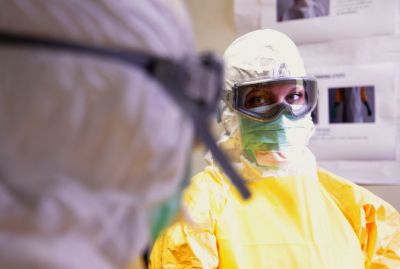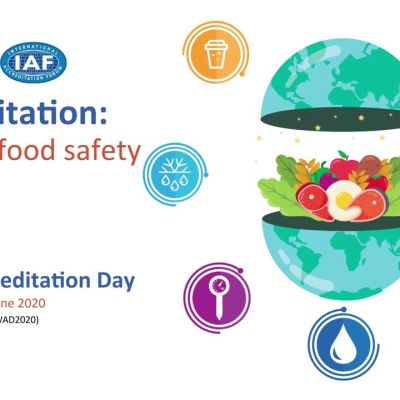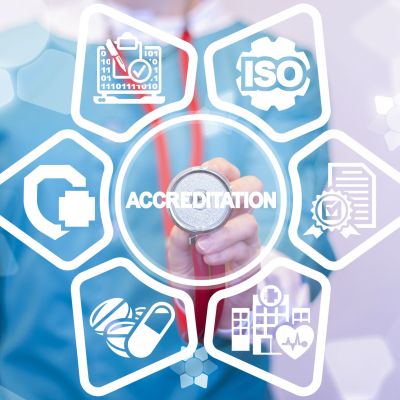When ISO announced on December 1st 2017 that ISO/IEC 17025:2017, General requirements for the competence of testing and calibration laboratories, had been updated, the conformity assessment community was aware that this would be one of the largest scale transitions of an accreditation standard ever undertaken.
Digital technology, Industry 4.0, AI, virtual, augmented, mixed reality, digital twin; the words that are becoming commonplace in our digital vocabulary. But what does this actually mean to industry?
What is VR and what is AR? We introduce these key technologies, identified as specific industrial digitalisation technologies (IDTs,) that could play a significant role in reviving flat lining productivity levels and enable faster growth for UK manufacturing.
By Tim Daniels, Marketing Manager at Autoscribe Informatics
The term ‘fourth industrial revolution’, or industry 4.0, is often used to indicate the ongoing automation and integration of traditional manufacturing and industrial practices, using modern technology. The term was introduced in 2015 and was the theme of the 2016 World Economic Forum in Switzerland. Industry 4.0 encapsulates the ongoing digital transformation of business, connecting processes and pools of data to make better decisions faster.
The Covid-19 pandemic has brought food supply into sharp focus – perhaps more so than any other time since World War 2. It has changed the way people are buying and consuming food, from initial mass panic buying, to consumers going directly to farm gates, or smaller outlets to avoid the crowds, to find a scarce product to purchase which will enable them to cook from scratch.
Jim Moseley – CEO Red Tractor takes a look at what we have learned about our country, our supply chains and ourselves since the lockdown.
Personal protective equipment (PPE) has been a hot topic during the COVID-19 pandemic. Not only with frontline healthcare specialists, but also with professionals in the testing industry who have been working tirelessly to enable certified PPE to be placed on the market. Nathan Shipley PPE Group Certification Manager at BSI explores how the business improvement company has been on the frontline with PPE during the COVID-19 pandemic.
Microplastics are plastic fragments less than 5 mm in size1 and nanoplastics are fragments smaller than 1 µm. We take a look at a method called thermal desorption–gas chromatography–mass spectroscopy that can be used to identify microplastic and nanoplastic pollutants in the environment. The information obtained could also help to identify the source of the micro/nanoplastics and give information on their toxicity.
World Accreditation Day, which takes place annually on 9th June, has become an important fixture in the calendar to promote the value of accreditation, accredited conformity assessment and standards. This global initiative established by ILAC and IAF is celebrated in over 100 economies to promote and raise awareness of the value that accreditation delivers across different industries.
The COVID-19 Pandemic has resulted in Accreditation Bodies (ABs) needing to quickly adapt from their normal business models of on-site assessment to remote assessments. Following the revision of ISO/IEC 17011 in 2017, which opened up the potential for greater remote assessment, many ABs have been investigating how best to use remote assessment. The move to remote assessment had been gradual for most ABs, but the realities of the travel restrictions brought about by the COVID-19 pandemic mean that most ABs have had to rapidly adopt a remote assessment approach.
Gain greater insight, understand and address the major changes to ISO/IEC 17025:2017 and how they will impact on your organisation?
Hear the answers from UKAS to some of the most commonly asked questions about ISO/IEC 17025:2017 Transition and how they affect your business.
Following the success of our recent ISO 17025:2017 workshop, we received a number of questions which we put to the panel of experts. The questions and answers are given below:










